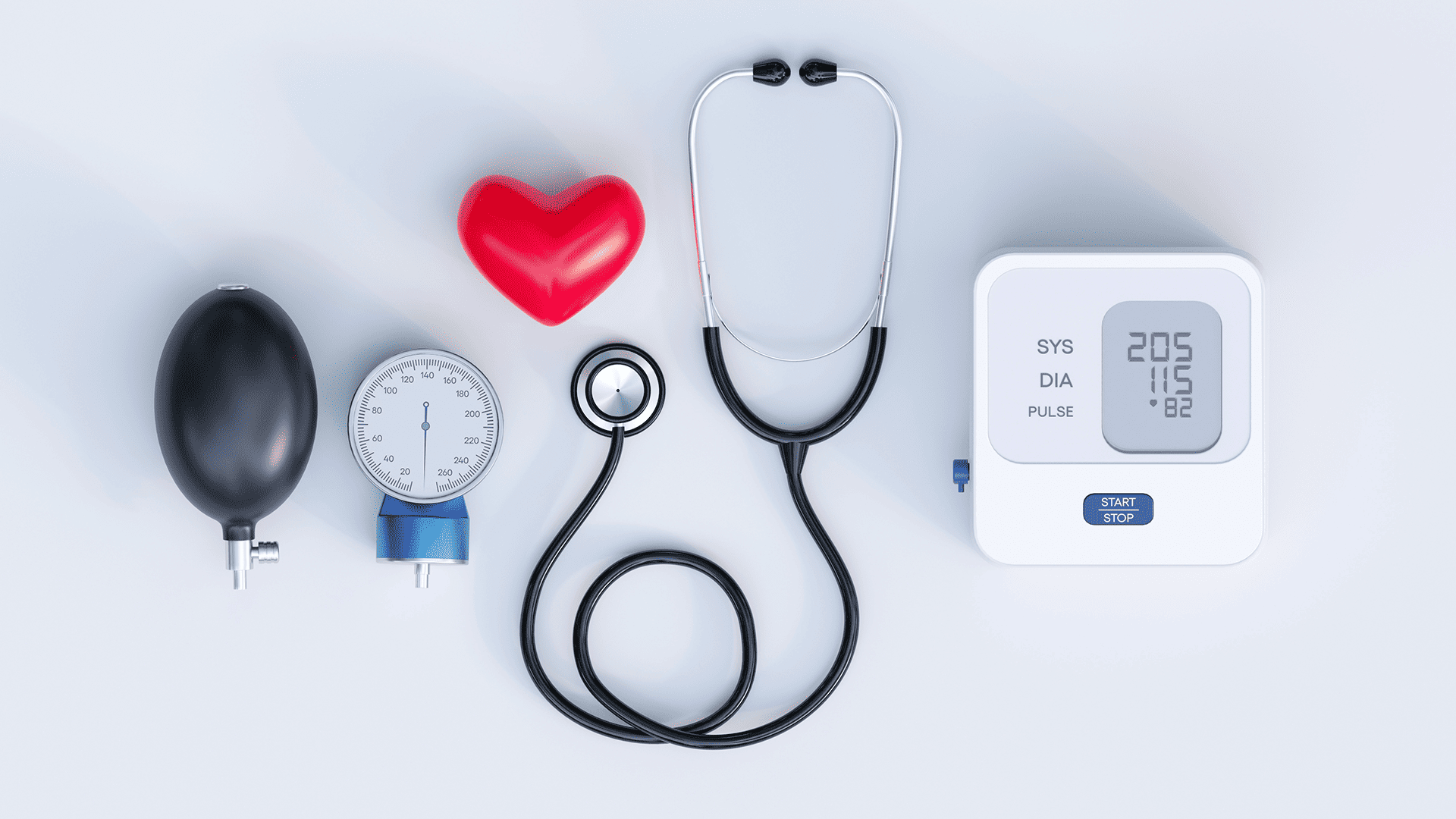
One in three adults across the world have the disease, but almost half are unaware. Of those that are aware, 80% are not receiving adequate medical treatment. It is no surprise that the silent killer claims 10 million lives every year.
Hypertension, or high blood pressure, is defined by the WHO as a systolic blood pressure exceeding 140mmHg and diastolic pressure greater than 90mmHg on two occasions. The systolic pressure represents the pressure in the blood vessels when the heart contracts while the diastolic pressure is the pressure in the vessels when the heart relaxes.
Like many diseases, the mechanism by which a person develops hypertension is not exactly straightforward. Several factors regulate the normal blood pressure and a defect in any of these could lead to hypertension. Without going into the pathology, there are modifiable and non-modifiable risk factors for developing hypertension. The modifiable factors include excessive sodium (in salt, seasonings, chips etc) intake, obesity, physical inactivity and consumption of tobacco and alcohol amongst others. Non-modifiable risk factors are genetics, age, co-existing diseases such as kidney disease etc.
Unlike other diseases, a person with hypertension will most likely not observe any symptoms. With this sinister killer, the damage is almost always done before the perpetrator is discovered. For this reason, the best strategy is continuous surveillance. It is recommended that all adults check their blood pressure at least once a year. However in cases of very high blood pressure (>180/120mmHg) a person might experience headaches, blurry vision, nose bleeding, dizziness or fainting.
Hypertension is a cause of several complications including heart attacks, heart failure, strokes, kidney failure, blindness and death. It also worsens the prognosis of almost every other medical condition.
Hypertension is a manageable condition. In addition to lifestyle modifications, there are several classes of drugs that are used to manage the disease. Most of them are widely available and relatively affordable. People living with hypertension can and do lead long and happy lives with proper monitoring. People who do not have hypertension can also prevent it by eliminating their modifiable risk factors, and adopting a healthier lifestyle.
There are several myths surrounding hypertension which distort people’s perception of the disease and prevent them from seeking optimal care. Here are some myths and facts:
Myth: Hypertension can be treated.
Fact: There is currently no permanent treatment for hypertension. Management is for life.
Myth: Hypertension is a disease of old people.
Fact: It is becoming more common among young people and adolescents. Its prevalence in young people exceeds 20% in some parts of the world.
Myth: Hypertension is caused by stress.
Fact: While it is true that stress temporarily raises blood pressure, there is no conclusive evidence that it causes hypertension.
The prevalence of hypertension continues to rise, and we all have a part to play. We should all be having regular blood pressure checks, reducing our sodium intake, increasing our physical activity and maintaining a healthy weight. As we do so, we owe a duty of educating the people who do not have the access to information that we do. It’s World Hypertension Day. Together, we can stop the silent killer.
Aisha Ibrahim